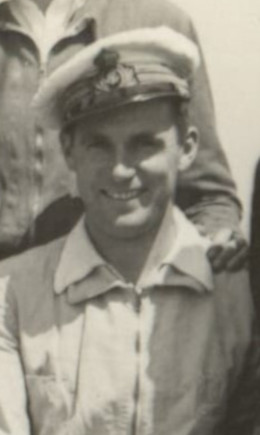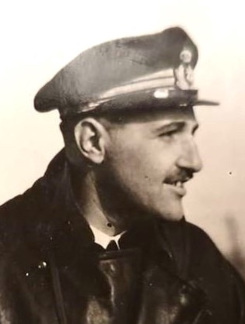Italian submarines in World War Two
Italian Commanders
Gianfranco Gazzana Priaroggia
| Born | 30 Aug 1912 | Milan | |
| Died | 23 May 1943 | (30) | Killed in action |
| RanksDecorations |
Career information
MALACHITE (T.V. First Officer): from 05.10.1938 to ?DURBO (T.V. First Officer): from June 1940 to ?
MALACHITE (T.V. C.O.): from 27.08.1940 to 08.11.1940.
ENRICO TAZZOLI (T.V. First Officer): from December 1940 to ca. March 1942.
ARCHIMEDE: from 21.04.1942 to 10.08.1942.
REGINALDO GIULIANI (T.V. C.O. temp.): on 04.09.1942 briefly took over command, replacing T.V. Galzigna who had been wounded and attempted to sail the submarine from Santander (Spain) to St. Jean De Luz. The attempt failed and he ceded command back to Galzigna.
LEONARDO DA VINCI (T.V. C.O.): from 10.08.1942 to 23.05.1943 (sunk, Gazzana Priaroggia was killed).
Promoted to C.C. on 16.05.1943.
Commands listed for Gianfranco Gazzana Priaroggia
| Submarine | Type | Rank | From | To |
|---|
Ships hit by Gianfranco Gazzana Priaroggia
No ships hit by this Commander.War patrols listed for Gianfranco Gazzana Priaroggia
| Submarine | Date | Time | Port | Arr. date | Arr. time | Arr. port | Miles | Description |
|---|
0 entries. 0 total patrol entries (0 marked as war patrols) and 0 events.


